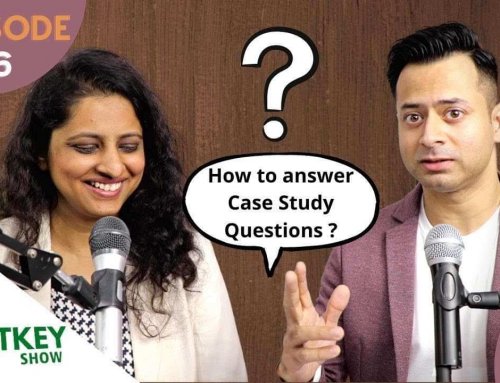In Helsinn Healthcare S.A. v. Teva Pharmaceuticals USA, Inc., the Federal Circuit panel of Judges Dyk, Mayer and O’Malley determined: “after the AIA, if the existence of the sale is public, the details of the invention need not be publicly disclosed in the terms of sale” for the sale to be invalidating. In so reaching this ruling the Federal Circuit has largely done away with the belief that the AIA created some kind of safe harbor for sales that did not disclose the details of the claimed invention. After first determining that a sale had occurred, federal circuit turned to the language of the statue and legislative history of AIA. “We never address whether the AIA changed the meaning of the on-sale bar under 35 U.S.C. so that there was no qualifying sale to the ‘219 patent’.
The term “On-Sale”
Teva and various amici argued that the AIA did not change the law with respect to the meaning of the term “on sale,” while Helsinn and the government argued that the AIA did change the law, which no longer encompasses secret sales and requires that a sale make the invention available to the public in order to trigger application of the AIA on-sale bar. The argument of Helsinn and the government was primarily based on the legislative history, and more specifically floor statements made during debate of the AIA. Before proceeding to the merits of what was contained in the floor statements, the Federal Circuit pointed out the obvious – that floor statements are not typically reliable indicators of Congressional intent, citing the U.S. Supreme Court for support.
“The floor statements do not identify any sale cases that would be overturned by the amendments,” Dyke wrote. “Even if the floor statements were intended to overrule those secret or confidential sale cases… that would have no effect here since those cases were concerned entirely with whether the existence of a sale or offer was public. Here, the existence of the sale was publicly announced in MGI’s 8-K filing with the SEC.”
Conclusion
Helsinn also argued that the “otherwise available to the public” language of the AIA required the details of the claimed invention be publicly disclosed before the AIA on-sale bar is triggered. Dyk wrote that such a rule would require “a foundational change in the theory of the statutory on-sale bar.” Not only would such a ruling require overruling Federal Circuit precedent, but such a ruling would require the panel to overrule Supreme Court precedent, which the Court was not about to do. Dyk pointed out that there are no floor statements or anything else in the legislative history that suggest that a sale or offer for sale must itself publicly disclose the details of the claimed invention to become invalidating. To the contrary, then Senator Kyl acknowledged in the legislative history “once a product is sold on the market, any invention that is inherent to the product becomes publicly available prior art and cannot be patented.”





